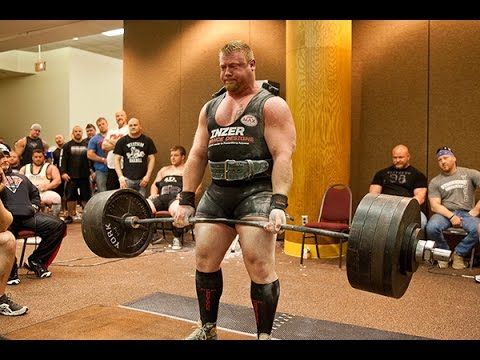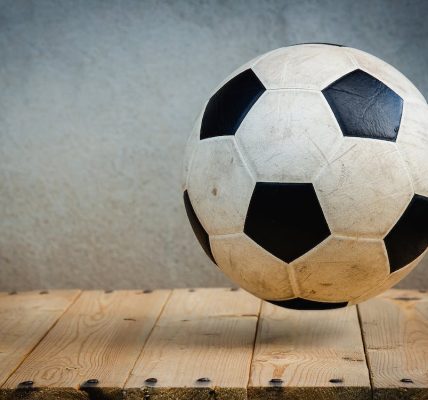Powerlifting is a strength sport that focuses on three main lifts: squat, bench press, and deadlift. It has gained immense popularity not just among professional athletes but also fitness enthusiasts looking to increase strength, build muscle, and improve overall body composition.
The Importance of Proper Technique
When it comes to powerlifting, technique is crucial. Without proper form and execution, you risk injury and hinder your progress. It’s essential to learn the correct techniques for each lift and focus on mastering them before progressively increasing the weights.
Structured Training Programs
Powerlifting training requires a structured approach to ensure consistent progress and minimize the risk of overtraining. Many successful powerlifters follow programs that incorporate periodization, which involves dividing the training into specific phases, each serving a distinct purpose.
Phase 1: Hypertrophy
The hypertrophy phase aims to build muscle size and improve overall muscle mass. It involves higher volume training, with a focus on moderate weights and higher rep ranges. This phase helps prepare the body for the subsequent strength-focused phases.
Phase 2: Strength
During the strength phase, the intensity increases, and the focus shifts towards lifting heavier weights. The rep ranges usually decrease, and the primary goal is to increase maximal strength. This phase is crucial for building a solid foundation and improving your capabilities to lift heavier loads.
Phase 3: Peaking
The peaking phase is the final stage leading up to a powerlifting competition. It involves adjusting the training to optimize performance on the competition day. The volume is reduced, and intensity reaches its peak to allow for peak strength output during the competition.
Diet and Recovery
Powerlifting training takes a toll on the body, and proper nutrition and recovery play a vital role in maximizing performance. Consuming a well-balanced diet rich in lean protein, complex carbohydrates, and healthy fats helps support muscle growth and repair. Sufficient rest and sleep allow the body to recover and adapt to the training stress.
Supplementation for Strength and Recovery
While a balanced diet should be the foundation of any training program, certain supplements can complement powerlifting training. Creatine monohydrate has been shown to enhance strength and power, while branched-chain amino acids (BCAAs) aid in muscle recovery and reduce muscle soreness.
Tracking Progress and Setting Goals
Powerlifting training is a journey, and it’s crucial to track your progress and set realistic goals. Utilize training logs to record your lifts, monitor your progress, and make adjustments to your training program accordingly. Set both short-term and long-term goals to keep yourself motivated and continuously strive for improvement.
Conclusion
Powerlifting training is a challenging yet rewarding endeavor. By focusing on proper technique, following structured training programs, prioritizing nutrition and recovery, and setting goals, you can unlock the secrets of powerlifting and achieve remarkable strength gains and athletic performance.



